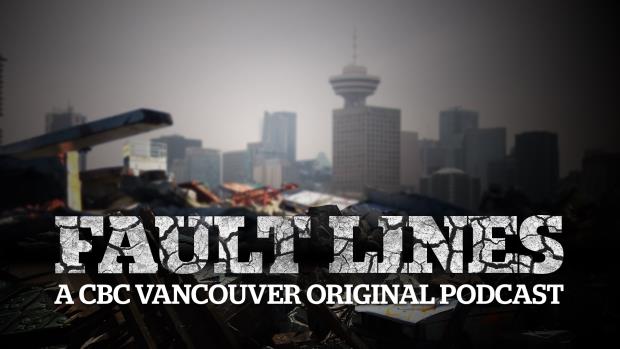Kathi Unglert, Environment & Earth Sciences coeditor
“Fault Lines” is a new podcast produced by the CBC and narrated by Vancouver seismologist Johanna Wagstaffe. Over five half-hour episodes, we learn about two earthquake scenarios likely to happen in BC, including their potential effects on us in the hours, days, and weeks after the shaking stops.
Overall, Johanna’s story is interesting and informative. It focuses on painting a mental picture of an earthquake and its aftermath. However, because the episodes are relatively short, scientific concepts describing earthquake generation or related to psychological topics are not discussed in-depth.
The Good: We don’t regularly experience earthquakes in BC, so I really enjoyed how the podcast makes the shaking feel real. Local experts, from emergency managers to earthquake engineers give insights into their subject areas and lay out scenarios for Vancouver, Richmond, Victoria, and some of the smaller communities in BC. Everything is “illustrated” with audio recordings and lessons learned from recent large earthquakes in Japan and New Zealand, which tell us that aftershocks can be more damaging than the main earthquake. Together, these components really drive home the point that we need to be prepared as individuals and as communities.
The Bad: From a scientific perspective, the podcast lacks substance. Where in the world do earthquakes occur in the first place, and are they more or less likely to occur in BC than elsewhere along the West Coast of North America? Is there always a tsunami after a large earthquake? Are there psychological factors that determine how we react to the shaking? What is the emotional toll on our children if they experience one aftershock after another? Are there diseases that are likely to spread either through contaminated water or large groups of people living in close quarters in emergency shelters? It would have been nice if these kinds of questions had been addressed in a bit more detail, maybe in an additional episode focusing on the science.
The Ugly: The whole narrative is based on two different scenarios, a magnitude 9.1 mega-thrust earthquake at the interface of two tectonic plates west of Vancouver Island, and a shallower, magnitude 7.0 earthquake in the crust. The way the podcast veers between the two scenarios sometimes makes it slightly confusing, and distracts from the focus. More importantly, in the first episode, Johanna mentions that shallow crustal earthquakes are not followed by aftershocks. As a seismologist, I know that this statement is wrong, which makes me wonder if some of the other facts related to engineering or other fields that are beyond my expertise might be questionable as well.
In my head, the title “Fault Lines” raises the expectation of earthquake science, which I didn’t find in the podcast. However, it does a great job of making someone with strong connections to BC feel as if the scenarios were real, and gives some good advice on how to prepare for a large earthquake. After all, preparation is half the battle, and if the podcast raises awareness, encourages action, and results in a bit more safety across BC, then it counts as a success in my books.
Kathi Unglert is a geoscientist with a PhD in volcanology from the University of British Columbia.
Header image: CBC




